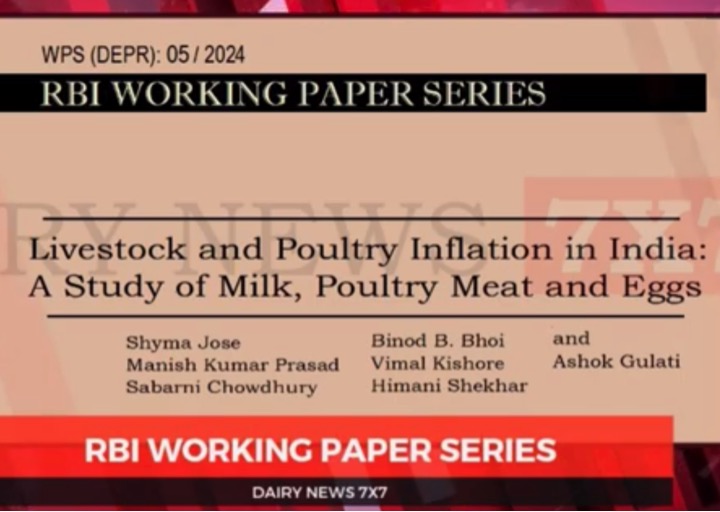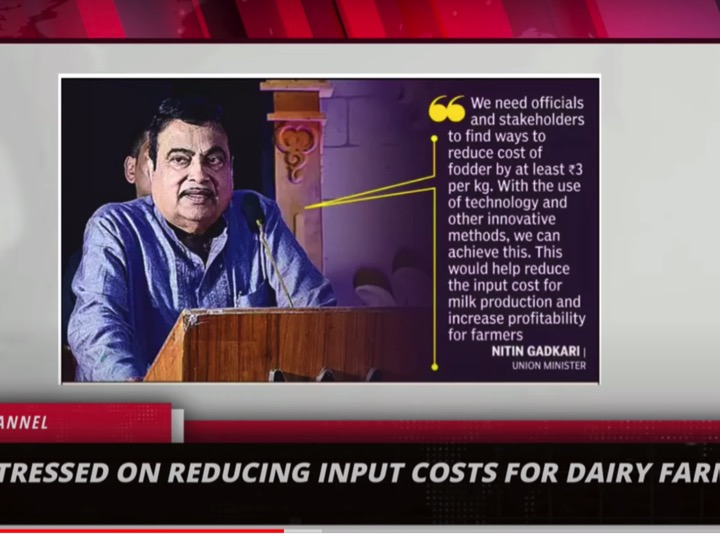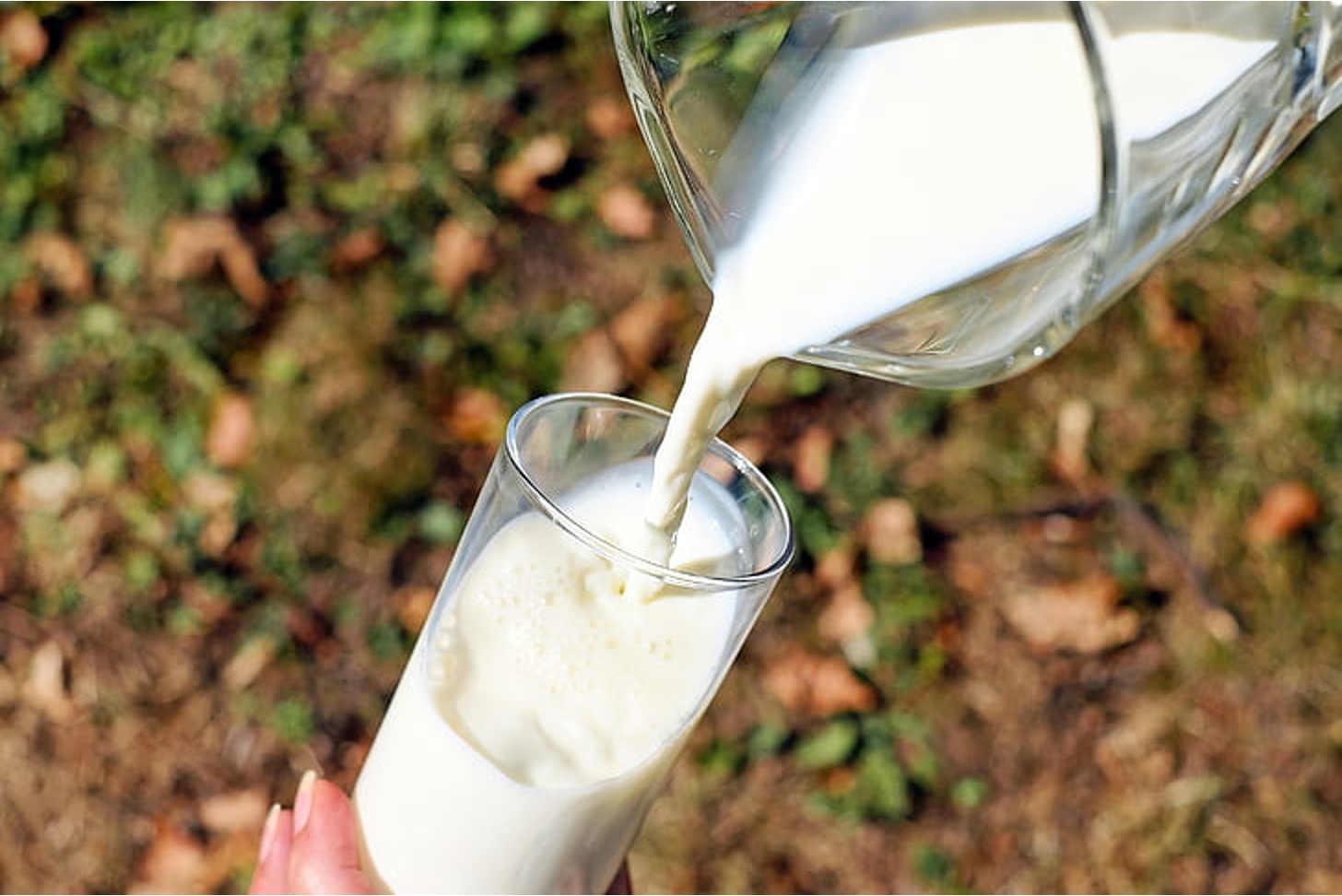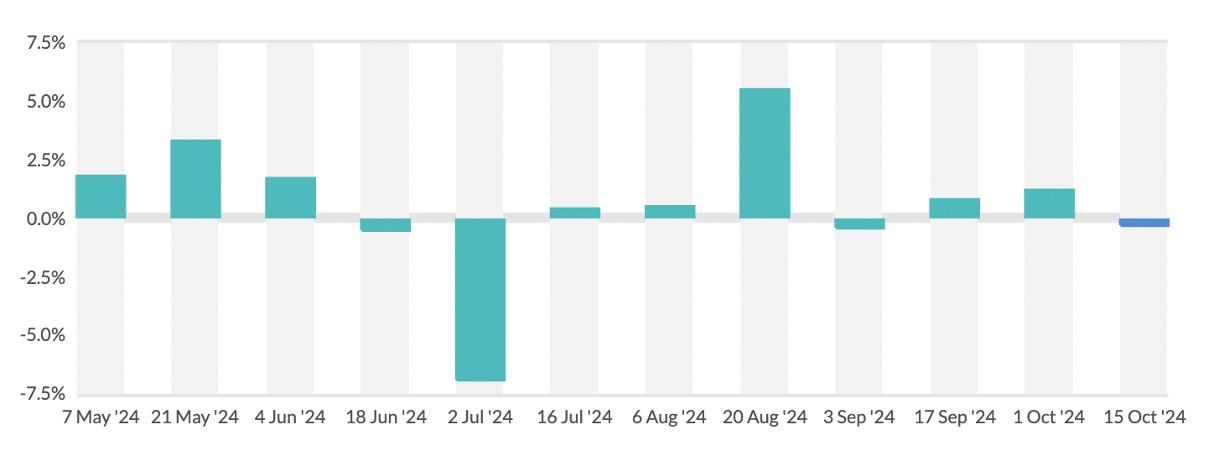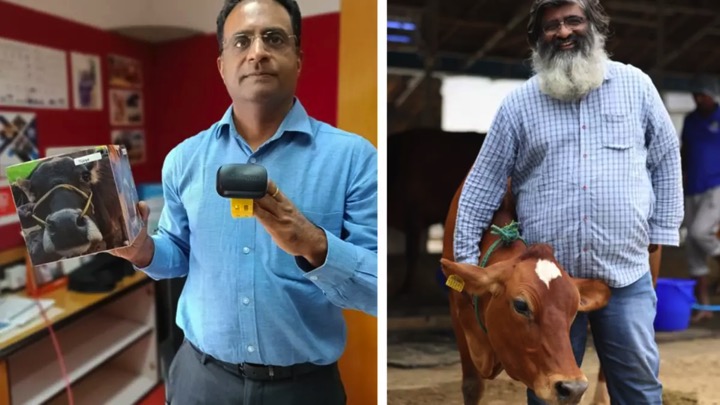The latest U.S. Department of Agriculture Economic Research Service Livestock, Dairy and Poultry Outlook was released Nov. 16. This report, released monthly, summarizes production and economic data for livestock, dairy and poultry production. This article will highlight portions of the dairy section of the report.
The November report (linked here: ers.usda.gov/webdocs/outlooks/107888/ldp-m-353.pdf?v=1274.1) showed that during the third quarter of 2023, milk production in the United States declined 0.7% when compared to the same time period in the previous year. The total number of milk cows in the U.S. decreased by 41,000 head from the prior quarter and 33,000 head lower than the same period a year prior.
The all-milk price in September was $21 per cwt., an increase of $1.30 from the prior month but $3.10 lower than the same month in 2022. Fortunately, the report noted that dairy farmers’ feed costs were lower in September when compared to September 2022. In September, the milk-feed ratio calculated by the National Agricultural Statistics Service (NASS) was $1.89, an increase from September 2022.
Based on the USDA Dairy Margin Coverage program, dairy farmers’ milk margin above feed costs was $8.44 cwt in September 2023, $1.98 cwt above the previous month but $0.18 cwt lower than September 2022.
2024 price projections
Contraction in the U.S. milking herd is projected to continue into early 2024, but expansion is expected for the remainder of the year. However, the number of milk cows is expected to be 10,000 less than the previous forecast. Milk per cow is also reduced from the previous forecast to 24,545 pounds. Continued contraction in the number of milk cows and projected reduced production results in milk production being 0.4 billion pounds lower than the previous estimate.
Given the data in the latest report, USDA ERS estimates Class III milk price in 2024 to be $17.70 per cwt., Class IV at $18.85 per cwt., and the all-milk price for 2024 at $20.80 per cwt.
Planning
Sure, much can change to alter these projections by USDA-ERS, but this information is useful as you plan for 2024. As 2023 is ending, now is an excellent time to get caught up on records, evaluate performance and use the price projections in the latest report to plan for the coming year.
There is a diverse amount of information available to help you, including resources from Ohio State University Extension. The OSU Extension Farm Business Profitability and Benchmarking Program (farmprofitability.osu.edu/) uses the FINPACK program to assist in assessing your present financial situation and can be very effective at evaluating alternative scenarios based on projected production, revenue and expenses.
FINBIN is a program from the University of Minnesota and part of the FINPACK farm financial database. This site provides benchmark financial information for farm producers, educators, lenders, and other agricultural professionals. The database summarizes actual farm data from thousands of agricultural producers who use FINPACK for farm business analysis. Interested in seeing how you compare to your peers with similar farm size? This site allows you to summarize dairy production and financial information based on dairy farms of various sizes. Additional information is available here: finbin.umn.edu/Home/AboutFinbin.
Summary
While there is no certainty in the projections provided in the latest Livestock, Dairy and Poultry Outlook, they do represent the best estimates for what can be expected in 2024. I encourage you to analyze your 2023 production and financial performance, use realistic production and cost values in your budget, evaluate multiple scenarios and work closely with your Extension educator or other trusted advisor to prepare for the new year.
Source : Farm and dairy Dec 7th 2023








